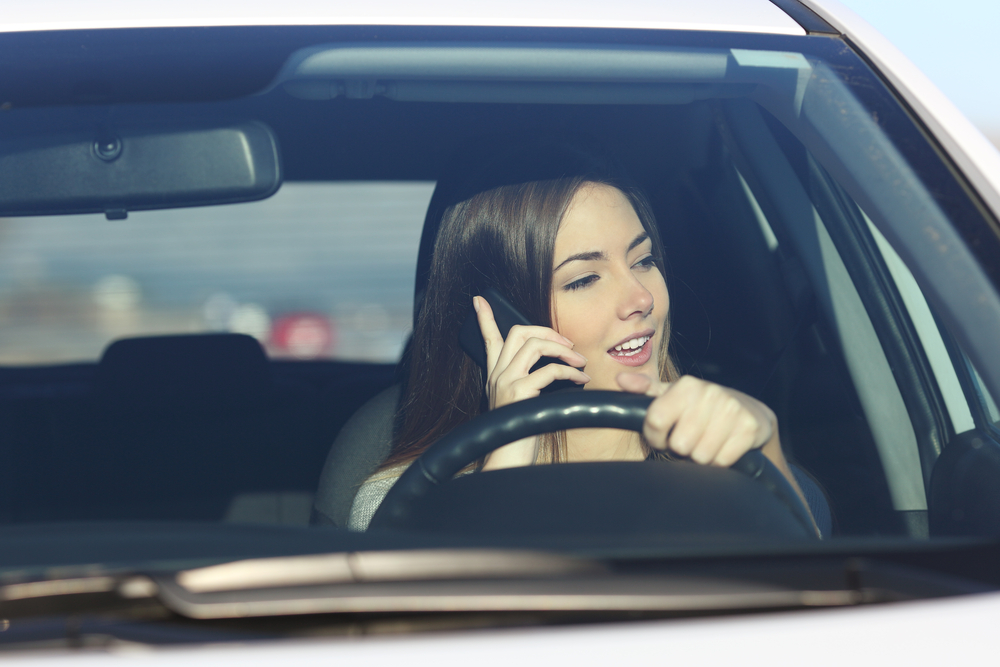According to the National Highway Traffic Safety Administration (NHTSA), 3,142 people were killed in 2019 crashes involving driver distraction. This number accounts for almost 9% of all fatalities in 2019, which is a 10% increase from 2018. Preliminary data from 2020 estimates that these numbers actually rose during the COVID-19 pandemic.
Distracted Driving Involves Much More
Than Just Cell Phones, Texting
What exactly is distracted driving? Cell phones factor into many kinds of distractions, but there are plenty of other ways to lose focus while driving. The three types of distracted driving as identified by the Centers for Disease Control (CDC) are:
- Visual: taking your eyes off the road
- Manual: taking your hands off the wheel
- Cognitive: taking your mind off of driving
These can include texting, talking on a phone, eating, grooming, reading, using a navigation system, adjusting music or reacting to the behavior of a passenger. Here are some good ways to avoid driving distracted:
- Turn it off: Either turn off your phone or switch to silent mode before you get in the car. Never text, use social media or check email while driving.
- Deputize your passengers: Ask your passengers to answer calls or texts for you. Conversely, if you are a passenger, offer to answer the driver’s phone.
- Prepare: Review maps or lock in your navigation system before you start to drive. If you need help when you are on the road, ask a passenger or pull over to review or reset directions.
- Secure your pets: Pets can be a big distraction in the car. Always secure your pets properly before you start to drive.
- Focus on the task at hand: Avoid smoking, eating, drinking, reading and any other activity that takes your eyes off the road, hands off the wheel or mind off your driving.
End Distracted Driving by Getting Involved
It will take all of us to realize a drastic reduction in crashes caused by distraction. Fortunately, there are many ways to get involved no matter your age or driving experience.
- Teens are most likely to drive distracted. In 2019, 39% of high school students reported texting or emailing while driving during the past month. But teens can also be effective messengers with their peers, so encourage them to not only avoid distracted driving but also to speak up when they see a friend (or even another adult) driving while distracted.
- Parents first have to lead by example — by never driving distracted — as well as talking to their young driver about distraction and all of the responsibilities that come with driving. Remind your teen driver that in states with graduated driver licensing (GDL), violating distracted-driving laws could mean a delayed or suspended license. And remember to avoid calling your kids when you think they might be driving, because teen drivers receive the most calls from their parents.
- Educators and employers can play a part, too. Spread the word at your school or workplace about the dangers of distracted driving. Ask students to commit to distraction-free driving or set a company policy on distracted driving.
If you feel strongly about distracted driving, be a voice in your community by supporting local laws that make roads safer, speaking out at community meetings and highlighting the dangers of distracted driving to loved ones and on social media.
